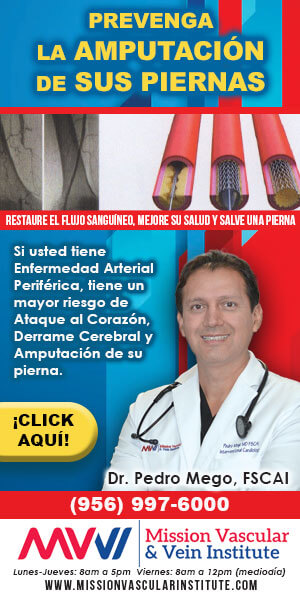
Mega Doctor News
Newswise – Samantha Scarneo-Miller, who directs West Virginia University’s Master of Science in Athletic Training Program, provides tips that casual athletes—and even non-athletes—can steal from the field of athletic training to protect themselves against exertional heat stroke. She also explains why that protection is vital in the first place.

Quotes:
“Exercise results in heat production. Coupled with environmental conditions, that can cause something called uncompensable heat stress, which basically means that your body can’t thermoregulate appropriately. Some signs that the heat is starting to affect you are increased sweating, feeling tired, dizziness, increased thirst and nausea.”
“Physically active people should try to complete their workouts during times of the day that are not too hot out—usually before 10 a.m. or after 6 p.m. They should also make sure they are hydrated. Check your urine color: light, like lemonade, is good; dark, like apple juice, is bad. Have plenty of rest, be well-nourished and work out in light clothes. Avoid dark, compression clothes when working out in the heat.”
“Core temperature can rise to critical levels—typically about 105°F—in 25 minutes for some people. Here at WVU, I work with our athletic training staff to make sure they all know how to diagnose exertional heat stroke, where the cold-water immersion tubs are and how to immerse somebody as quickly as possible to get that core body temperature down. It’s important to recognize the signs of exertional heat stroke and treat it as soon as possible because it’s 100 percent survivable with proper recognition and care.”
— Samantha Scarneo-Miller, director of WVU’s Master of Science in Athletic Training Program










